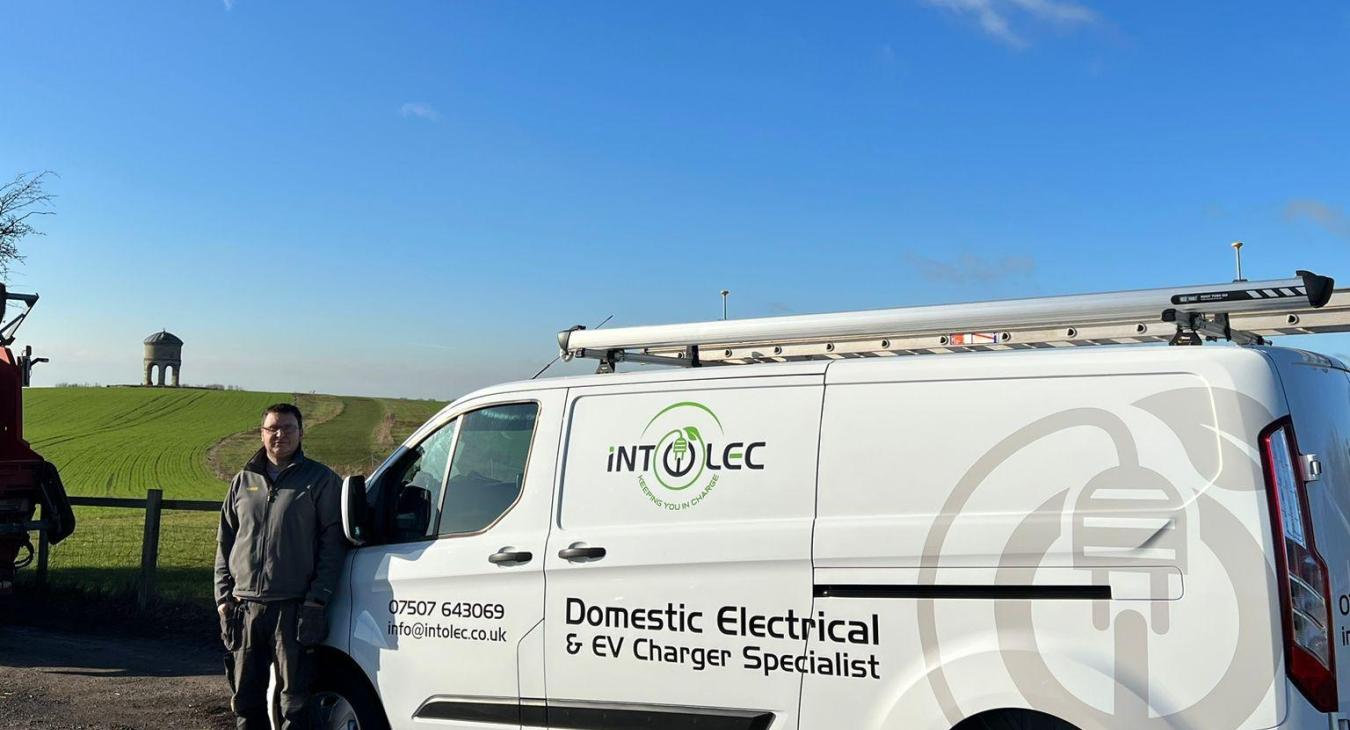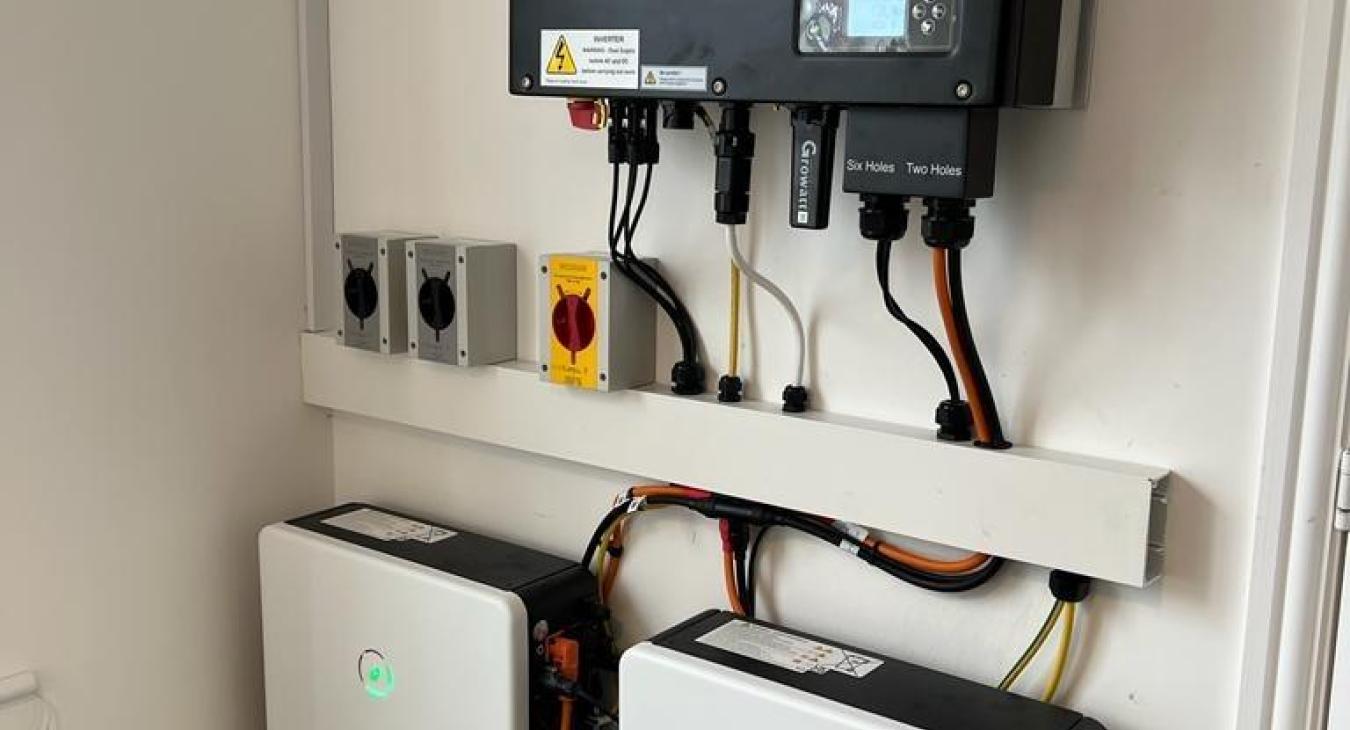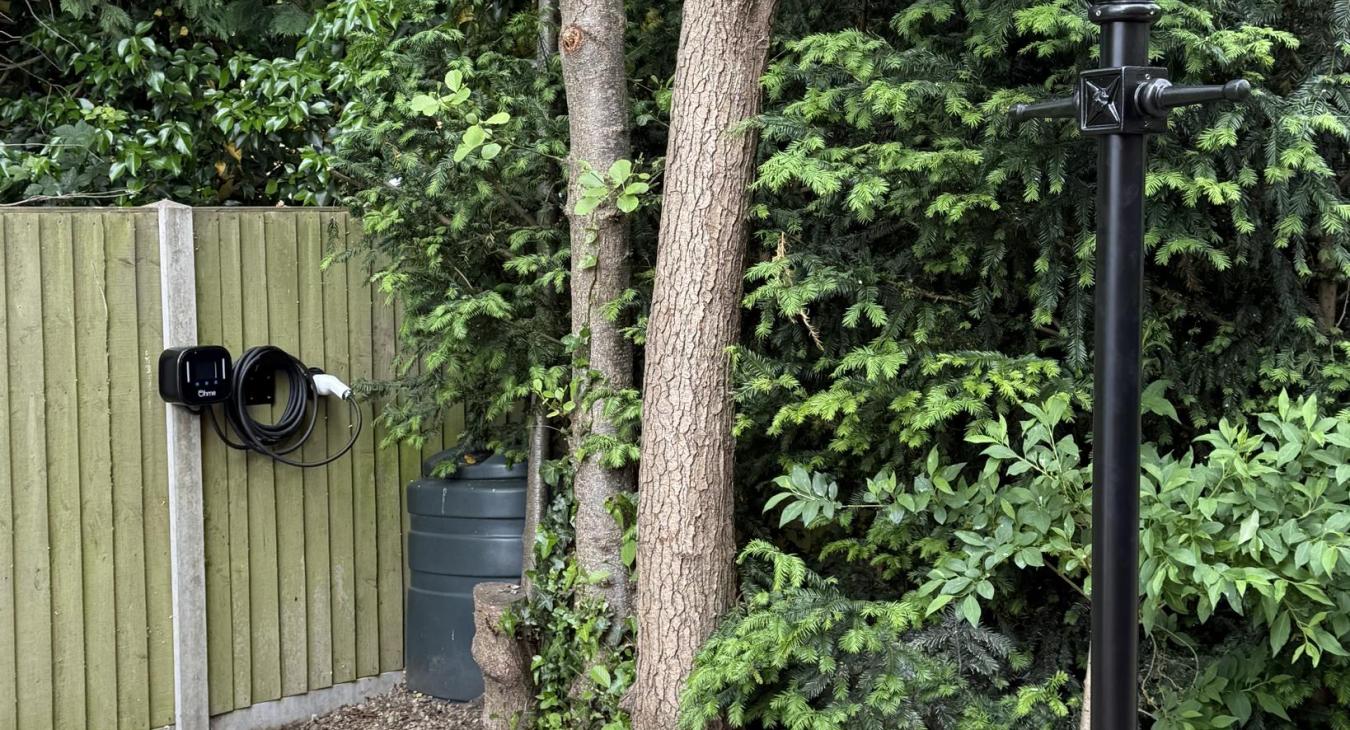Electric vehicles are now becoming mainstream and as this happens, the demand for charging vehicles at home is increasing. This begs the question, is it possible to have TWO EV CHARGERS AT HOME?
The answer is theoretically YES, it is possible to have two EV chargers at home. There are some conditions however.
What are the problems that electricians face?
There are numerous obstacles that would prevent the use of two electric vehicle charging points being installed and used at the same address.
• Incoming mains supply capability
• Code of Practice and Regulations
• Type of charging point
• Time of day charging
• Other loads present
• How much charge you need, dual charging
Type of charging point
The type of electric vehicle charging point makes a difference as to whether a second charge point can be installed. Both vehicle charging points would need the capability to monitor the electrical demand of the home including the other vehicle charger.
If both chargers were to draw the full 7.4kw then there would likely be a problem with supply!
Modern electric vehicle charge points have many smart features including the ability to ‘talk’ to other equipment. This means that if both chargers have modern smart features, then they will be able to supply as much electrical current as safely possible to each vehicle at any one time. With two chargers, this is likely to be less than the full capability of each in order to protect the mains supply.
Older equipment without such features could present problems when trying to charge both vehicles equally and simultaneously. Features on modern chargers such as ‘load balancing’ will allow both vehicles to charge equally whilst monitoring the rest of the electrical household loads to ensure overload of the mains supply doesn’t occur.
Incoming mains supply capability
Many older properties have less ability to supply huge electrical demands as is the case with two electric vehicle chargers. Each charger has the capability to pull around 7kw or 32 amps of electrical current.
Some older mains supplies are only equipped with a 60-amp fuse which will not cope well with the continuous demand of electrical current from a vehicle charger flowing through it along with other household demands on the mains supply.
Newer properties tend to have a larger fuse installed meaning that there are fewer issues.
Ultimately, it is the Distribution Network Operator (DNO) that will decide if a vehicle charger can be installed safely on their supply or if TWO can be installed. Many DNOs will insist on the installation of a COSTLY Three Phase Supply to power vehicle charging equipment. This may especially be the case where TWO vehicle chargers are required.
Time of day charging
Charging at night time is preferable as the electricity rates can be cheaper and there tends to be less stress on the national and local electrical supplies at this time. There are also likely to be less household electrical loads present such as electric showers and other appliances that require water heating or large power demands.
Vehicles will likely charge more quickly at night as the maximum electrical current can be drawn from the supply without any ‘throttling back’ of the vehicle charger due to other loads.
Other loads present
Where there are heavy electrical loads in the property such as electric showers, immersion elements or large homes that require plenty of power for various cooking and heating applications it may not be possible to install even 1 electric vehicle charger without supply modification.
Where the incoming fuse and supply cable are small, there is a ‘looped’ supply or there are other heavy loads present in the property considerations need to be made. There are priority units that can be fitted to enable an electric shower to take priority over other loads for instance. Once again, the DNO may have to be consulted in order to make sure that the installation is able to go ahead safely.
How much charge you need for dual charging
If each vehicle does not require a full charge overnight then a dual charger may be more appropriate. These chargers will typically split the 7-7.5 kw supply between two vehicles equally giving each vehicle 3.7 kw.
This level of charge over an 8- or 10-hour period is likely to be sufficient for most drivers commuting to and from work each day.
EV Charger Installation Electrician in Warwickshire
When asking, CAN I HAVE TWO EV CHARGERS AT HOME? Its possible but could be costly and there may be better solutions.
Whilst having two electric vehicles at home can be inconvenient with one charging device, its important to look at the level of charge that each requires. It may be possible to have a dual charger installed and share the load between the vehicles.
Where both vehicles are intended to be put to heavy use, it is unlikely that both vehicles can be charged at home due to the supply limitations and DNO requirements.
Have a talk with us here at Intolec Warwickshire about your requirements and we will find you the best solution for your EV situation.





